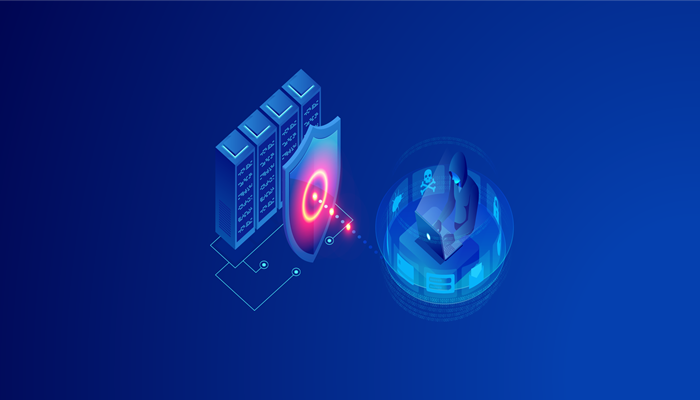Users of cloud computing benefit from a more convenient way to access resources and a pricing model that charges them based on how much is used. The major worry nowadays is the cloud’s security issue. Due to the virtual nature of everything in the cloud, attackers and hackers attack the network with attack packets that are difficult to recognize. DDoS is a type of assault peculiar to clouds and always involves many computers attacking a user by sending packets with a lot of data overhead. Let’s see about DDoS attacks in cloud computing:
How does a DDoS attack work?
DDoS assaults are carried by using networks of computers linked to online. These networks are made up of computers and other devices with malware, enabling an attacker to take control of them from a distance. After creating a botnet, the attacker can hack system by giving each bot remote commands.
Every bot sent by the botnet to a victim’s server or network sends queries to the IP address of the target, which may overload the server or network and cause a denial of service to regular traffic.
Types of DDoS Attacks
Depending on which network connection tiers they target, different attacks focus on other areas of a network and are categorized accordingly. Below, you can see the types of DDoS attacks:
Volume-Based
Controlling every available bandwidth between the target and the wider internet is the goal of this kind of assault. Attacks focused on volume can include domain name system amplification. In this case, the attacker pretends to be the target and uses the forged address to send a DNS name lookup request to an accessible DNS server.
Protocol Attacks
SYN floods, fragmented packet attacks, the Ping of Death, Smurf DDoS, and other threats are all included. This form of attack uses actual server resources or those of intermediate communication devices, such as firewalls and load balancers, and is measured in packets per second.
Application Layer Attacks
Includes low-and-slow assaults, GET/POST floods, and attacks against Apache, Windows, and OpenBSD vulnerabilities, among other things. These assaults, composed of seemingly legitimate and innocent requests, try to crash the web server, and their magnitude is measured in Requests per second.
Impact of DDoS Attacks on Cloud Computing
The impact of a DDoS attack on cloud computing can be severe and multifaceted:
Downtime and Service Disruption:
The most immediate consequence of a DDoS assault is the inaccessibility of services. This might result in income loss, lower customer trust, and reputational damage.
Increased Operational Costs:
DDoS attacks can increase operational costs due to the need for more bandwidth, security measures, and expert involvement. These can result in large operational expenditures.
Data Breach Risks:
While the primary purpose of a DDoS attack is to interrupt service, it can also be used to cover other harmful activity, such as data leaks. During the devastation of a DDoS assault, attackers may use imperfections to steal important data.
Performance Degradation:
Even if the attack does not completely disable the service, it can significantly degrade performance, resulting in a bad user experience.
Bottom Line
DDoS assaults are a serious threat to cloud computing, with the potential for widespread disruption and financial loss. Businesses can, however, safeguard their cloud infrastructure and ensure the integrity and availability of their services by gaining a thorough understanding of these assaults and implementing strong security measures.

